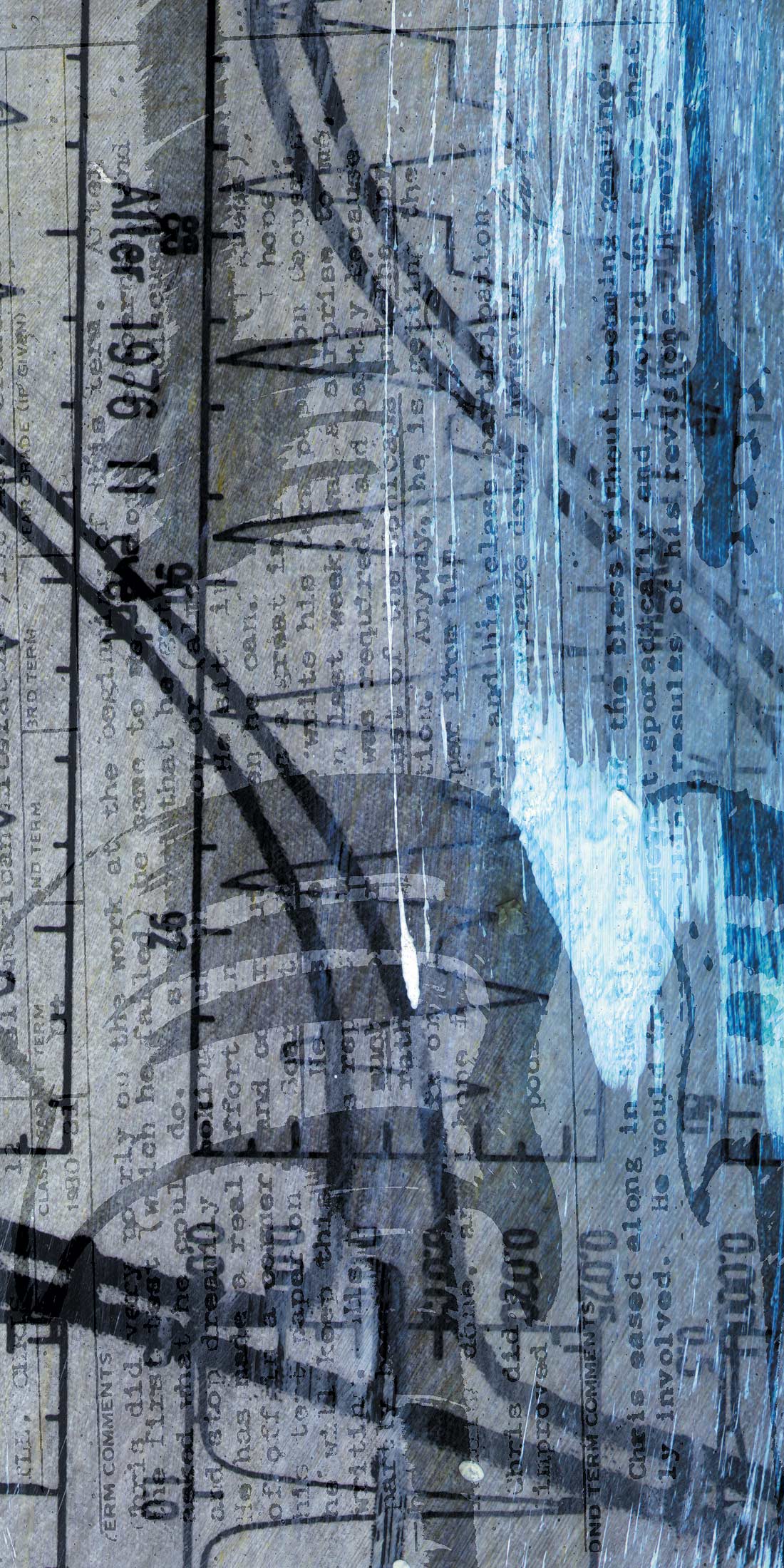Since its appearance in 1970, the Minimoog® has become one of the most valuable analog synthesizers- and for good reason. Its commanding bass and lead sounds are unmatched by any other monophonic synthesizer, and the instrument's accessible controls and general playability make it a powerful live instrument. Since it disappeared from the market in 1981, companies like Studio Electronics have made dignified attempts at Minimoog emulation with varying success, but none have completely recreated the Minimoog's special sound and feel. Bob Moog himself has finally answered the call with the Minimoog Voyager®. This amazing monosynth provides the rare Minimoog experience and much more, including MIDI, a dedicated LFO, patch memories, a three- dimensional touch pad, no less than 40 front-panel knobs, and many other great features that make the Voyager a unique sound-shaping tool.
Despite its monophonic nature, the Voyager's flexible CV routings and abundant modulation options give it more in common with a small modular synthesizer than with other analog monophonic synthesizers. The Voyager provides a thorough, hands-on exploration of a monophonic analog signal, and synthesizing a single patch is a sonic journey. The Oscillator section alone offers three continuously-variable waveforms that span six octaves, oscillator synchronization, frequency modulation and sub-audio oscillation, facilitating an expanse of engaging timbres before the signal even reaches the Voyager's dual VCF.
Another example of the Voyager's flexibility is its range of modulation options. The Voyager allows you to assign an array of modulation sources, shaping sources and destinations directly from the front panel. For example, you can assign the dedicated LFO to modulate the pitch of Oscillator 2 and assign the VCF's envelope to shape this modulation. There are more modulation routings in the Voyager's menu system; and if that's not enough, the add- on VX-351 Voyager CV Expander ($265 MSRP) provides CV and Gate outputs for most of the Voyager's controls, giving it the flexibility of a small modular synthesizer. The VX- 351's CV and Gate outputs can be patched to the Voyager's back-panel CV and Gate inputs or to other synthesizer modules. The Voyager's VCO and modulation options are just two examples of the synthesizer's breadth, and the Filter and Envelope sections offer many more surprises.
All of this adds up to an incredible sonic pallet, including the fattest Minimoog bass and lead sounds that you will ever hear. The Minimoog's classic 4-pole filter and bouncy envelopes are present, facilitating Voyager's thick, bounding bass-lines. The filter can easily self-oscillate for acidic leads, but the real payoff comes with the meaty house stabs and churning bass ostinatos that made the Minimoog famous. But the Voyager offers much more than just classic Minimoog sounds. New features like independent Oscillator Sync and FM controls, dual-VCF spacing, and true ADSR envelopes render the Voyager capable of layered and evolving sounds and complex voice-like patches that are far beyond the Minimoog's capabilities.
All this pristine analog sound does come with a few head-scratching omissions, primarily in the Voyager's MIDI implementation. With v1.5 software, the Voyager doesn't send MIDI Pitchbend or Continuous Controller data. Also, the LFO doesn't sync to MIDI clock in the manner that you might expect from a digital synth, but it does offer an array of retriggering possibilities that allow you to create the same effect. Fortunately the forthcoming OS version will not only allow the Voyager to send MIDI Pitchbend and CC data, but it will provide some promising new MIDI functionality that will make the Voyager a powerful control keyboard.
If you are seriously considering the Voyager, I recommend you download the manual from the website. The Voyager does not give up its secrets at first glance, and it has a staggering amount of sound-shaping possibilities that are beyond the scope of this review. I would also recommend that you A/B some Voyager patches against similar patches from other synthesizers. You will find that the Voyager has a truly unique tone that will render the ubiquitous "Moog" patches on your other synthesizers useless. ($2995 MSRP; www.moogmusic.com)




_disp_horizontal_bw.jpg)